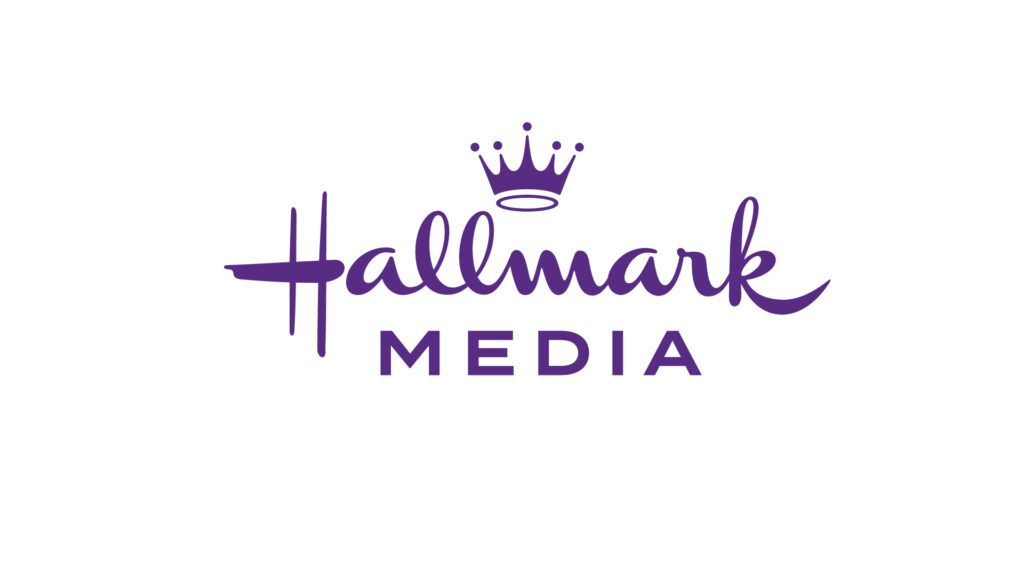Unfazed by the prospect of a postal rate hike, DMers seek to tighten cost-saving measures
IT’S LIKE getting a notice from the Internal Revenue Service that you’re about to be audited. You’re not looking forward to it, but you have to deal with it.
That’s the way some direct marketers feel about the postal rate hike expected in January. While it could mean double-digit increases for many firms, most financial officers are hardly panicking – instead, they’re sharpening their pencils, adjusting their break-evens and moving on.
“Obviously, it’s painful,” says Lindsay Vaulk, senior vice president and director of circulation marketing for Hearst Corp. in New York. “It’s going to hurt our [profits and losses] like everyone else, but I can’t say it’s going to affect our strategies to a great degree. We’re still going to do direct mail, and we’re still going to send our renewal notices and bills.”
David Gunther, a spokesman for cataloger Coldwater Creek, agrees. “We’re staying the course,” he says.
DMers, stung in the past by hefty postal increases and simultaneous jumps in paper costs, remember the pain and the stories about firms that closed their doors when hit with these expenses. In response, they’ve been diligent in finding and maintaining cost-saving measures to help offset the hikes. And as the 2001 increase draws near, they’re placing more emphasis on tightening those measures and searching for new ways to shave dollars and cents off postage and other costs.
Cataloger ATD-American Co. of Wyncote, PA plans to accelerate efforts to shrink the quantity of its undeliverable mail by exercising the “utmost” caution in selecting rental files, brokers and list owners and by ensuring its house file is “ultra” clean, says Arnie Zaslow, the company’s executive vice president. “This is significantly curbing mailing costs,” he says.
Before renting a file, ATD requests that list owners and brokers submit a sample of no less than 50 records within a given SCF or ZIP code to authenticate the list’s accuracy. The records are then investigated. A call may be placed to as many as all 50 names to verify addresses and contacts. “Without disparaging list owners and brokers, everybody claims that their lists are updated every five minutes,” Zaslow says.
To keep its own file clean, ATD has increased phone-verification efforts to update contact names by two to three times a year. And it’s sending out more frequent address-correction requests with its mailings.
The firm is also re-examining paper weight and sizes. It recently began trimming a “wee bit” off the size of the catalog, according to Zaslow. That wee bit ultimately shaves tons of paper off the millions of catalogs ATD mails each year and saves thousands of dollars in paper and postage costs, he adds.
And each time postage costs rise, so too do the expectations for response rates on outside lists. Marginal files that are deemed less profitable after the rate increase will be mailed to less frequently.
House files may not be mined as deeply, as marketers stick with more responsive names. Retention efforts are stepped up and catch phrases like “mailing smarter” are once again bandied about.
The American Institute for Cancer Research in Washington, which mails 24 million prospecting and 22 million retention pieces to its house file annually, may cut back on consumer file rentals. These lists haven’t been as responsive as charitable lists for the group, says executive vice president Kelly Browning.
“Anytime you have a rate hike, it’s harder to make consumer lists work – they’re more expensive and produce marginal results,” Browning says. “Then you add a penny or so to each piece and that makes the benchmark for commercial mailing lists tough to meet.”
Cataloger and Web marketer Gardener’s Supply Company plans to cut back a planned increase in circulation next year from 17% to 12%. It’s also considering consolidating mail dates to maximize postal discounts and raise page counts in a test to mail larger, yet fewer, catalogs.
“We’re looking for gains in efficiency on the cost side but we can’t lose it on the revenue side,” says John White, catalog marketing director for the Burlington, VT-based firm, which mails 20 million catalogs each year.
White says the company may also look at mail cost optimization plans like data compiler Experian’s Add-an-Address. The service adds names to bundles of mail that fall short of carrier-route discounts. “It becomes more valuable as the need to make your mailing more efficient increases,” White says.
Joe Devito, director of marketing at Experian in Orange, CA, says that Add-an-Address is best suited for small to midsized mailers that don’t necessarily have the volume to fill out carrier-route bundles. Devito says that mailers save about 22 cents in postage per bundle across the more than 40,000 U.S. carrier routes. However, he says, the proposed rate hike of 4.5% for carrier routes, compared with existing rates, will only afford a small improvement in savings.
Another service, the Address Elements Correction System (offered by both the U.S. Postal Service and Experian) could contribute to savings in carrier-route discounts, Devito says. The system takes addresses to which it has been difficult to add ZIP+4 codes and attempts to fix them based on information in the USPS database. He says that about 5% to 6% of most lists do not have the codes, and that the service can cut those percentages in half or by two-thirds.
Disabled American Veterans, Cincinnati, expects postage costs on the 60 million pieces it mails each year to increase by $500,000. An additional $200,000 will be added to the bottom line for the extra cent expected to be tacked on for first class mail. “It’s really quite a hit,” says Max Hart, the group’s fundraising director.
Despite the added costs, the organization considers itself lucky. A renewal package launched in June is expected to increase the bottom line by $1 million next year. “We’re fortunate that we had something in the queue that will offset this postal increase,” Hart says. “We’re not going to have to cut back on mail volume and we can maintain our service level. It’s the little guys that I have concern for.”
Christmas Rush When previous rate increases hit, mailers often tried to step up their mail volume at year’s end to beat the hikes. But many say they’ve learned that dropping a ton of mail all at once can hurt response. The move may not be seasonably correct and mailboxes are already packed with holiday mail. Many DMers plan to hold the course and stick with their regular mail scheme.
“In the past, smaller mailers that adjusted their schedules to beat the postal increase usually ended up shooting themselves in the foot,” says Bill LaPierre, vice president of list brokerage for Millard Group Inc., Peterborough, NH. “No one’s gone out and bulked up this holiday in anticipation of the increase.”
One exception is Prevention magazine, which has a unique reason for sending out twice as much mail: A new magalog acquisition piece that tested last January and rolled out in July was their most successful mailing in 15 or 20 years, says Jim Woods, consumer marketing director for Prevention, published by Rodale Press in Emmaus, PA.
Based on that success, Prevention doubled volume last month to several million pieces. While that move will help it beat the hike, the strategy may continue after the increase. “When you get results that good, you can live with a 10% postage increase,” Woods says. “You want to mail that creative and not put it on a shelf.”
Moving Online Of course, rate hikes also tend to drive paper mailers to put more of their resources online. For example, travel-supply company Magellan’s of Santa Barbara, CA is stepping up e-commerce efforts.
Web sales make up more than 20% of the firm’s total sales and are up 6% from a year ago. Its average online order is also up nearly 20% this year and it’s seeing more regular online shoppers and fewer first-time buyers, says CEO Bob Manning.
E-mail is delivered monthly to online and offline customers who have chosen to receive it. The communications include special offers (the most successful) or content on various hot topics such as the correct size of a carry-on bag. A related product offering is included.
Meanwhile, Sandpoint, ID-based Coldwater Creek is adding 2,000 to 3,000 names per day to its database of more than 1 million e-mail addresses. These customers are mailed special offers and promotions once a week, says spokesman David Gunther.
A fall advertising campaign is under way to accelerate brand awareness for the firm’s Web site (www.coldwatercreek.com) in such national consumer publications as Better Homes & Gardens, Vanity Fair, Harper’s Bazaar and The New Yorker. And a printed “Webalog” was tested last summer that highlights popular items and introduces new customers to the online site. It’ll be used as a promotional brand-building tool.
The cataloger’s Internet sales for the first six months of fiscal 2000 were $32 million and are expected to represent more than 30% of its business by the end of the fiscal year. Online customers come back to buy 17% more often than their offline counterparts.
“The additional postal costs that we had planned for 2001 will be absorbed by the savings realized through increased online shopping,” Gunther says.
As for the USPS, it ended fiscal 1999 with a $343 million surplus, its fourth in as many years. It has since said that it’s encountered financial difficulties due to a falloff in mail volume and electronic diversion.
“The postal service has made a lot of money in the last few years,” says Browning of the American Institute for Cancer Research. “E-commerce is reducing revenue and [the USPS’] response is to move more and more costs to advertising mail. If [the USPS] continues to do that it’s only speeding up advertising mailers’ move to e-commerce. The strategy it’s using is one that’s hastening its own demise.”
 Network
Network

